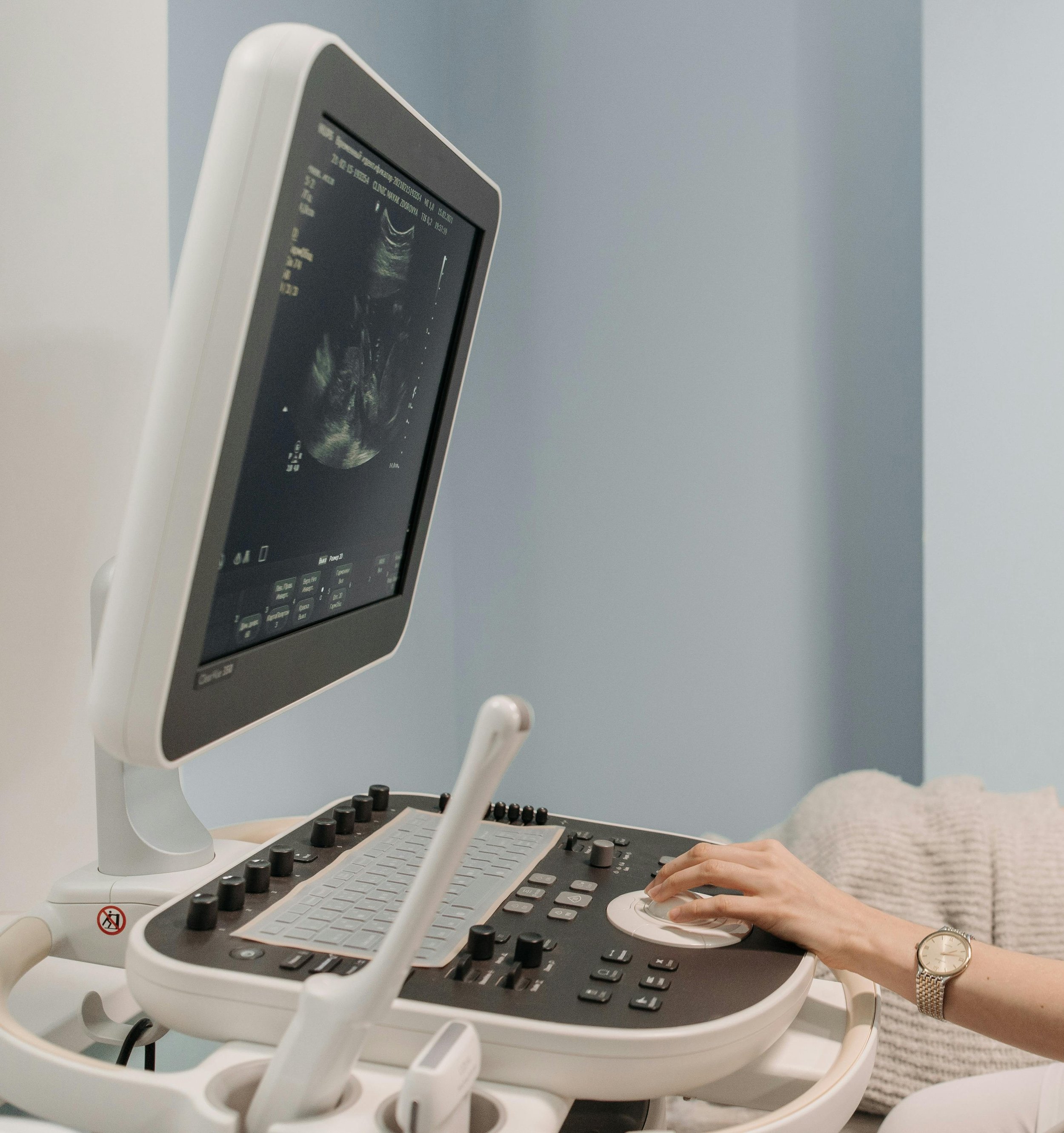
Diagnostics & Evaluation
The Infertility Evaluation consists of a series of tests that can evaluate both male and female reproductive function.
The objective of the evaluation is to identify potential causes of infertility, or to update any testing that may be outdated and required prior to proceeding with treatment.
Accordingly, Dr. Sueldo may order some or all of the following tests depending on your individual case.
-

01 | Bloodwork (aka Hormone Testing)
-

02 | HyFoSy (Checking your Fallopian Tubes)
-

03 | Sonohysterogram (aka SIS or Saline Infusion Sonogram)
-

04 | Genetic Carrier Screen
-

05 | Endometrial Biopsy
-

06 | Semen Analysis
